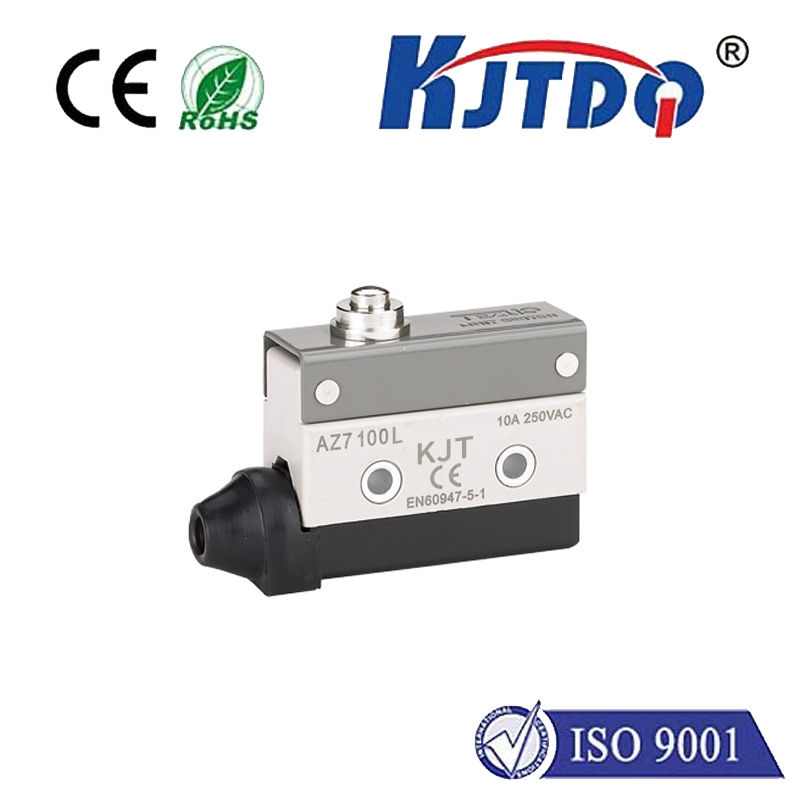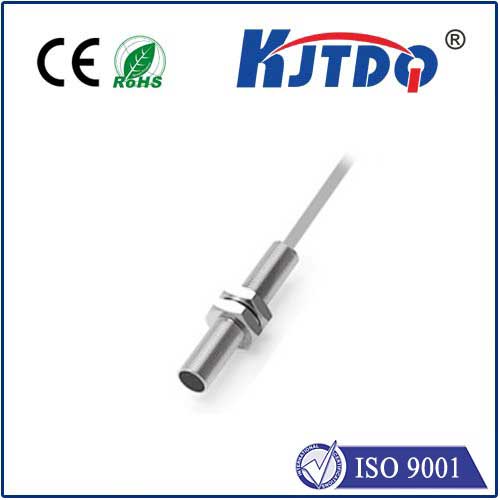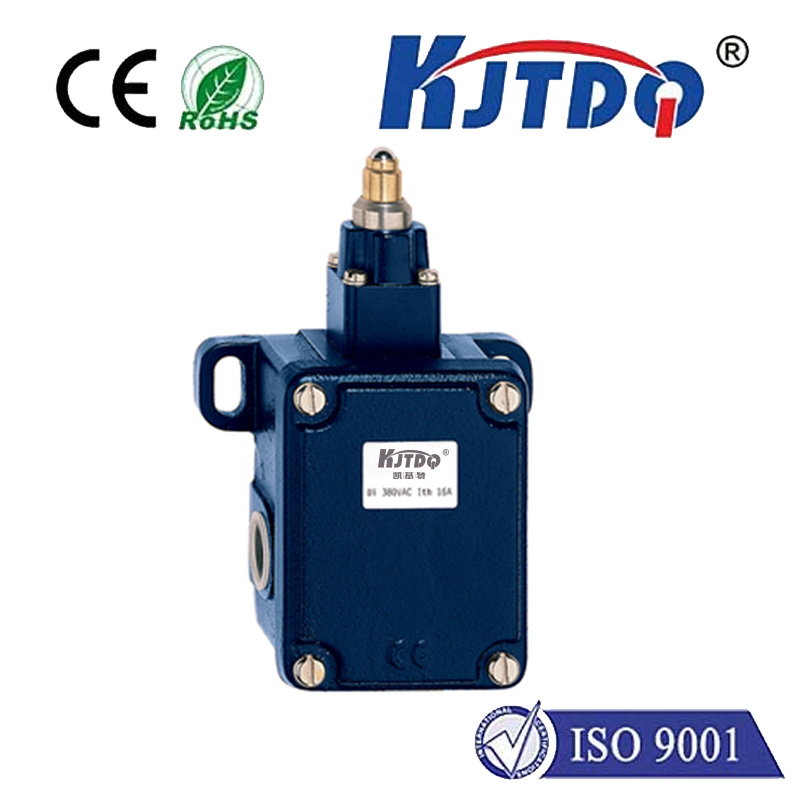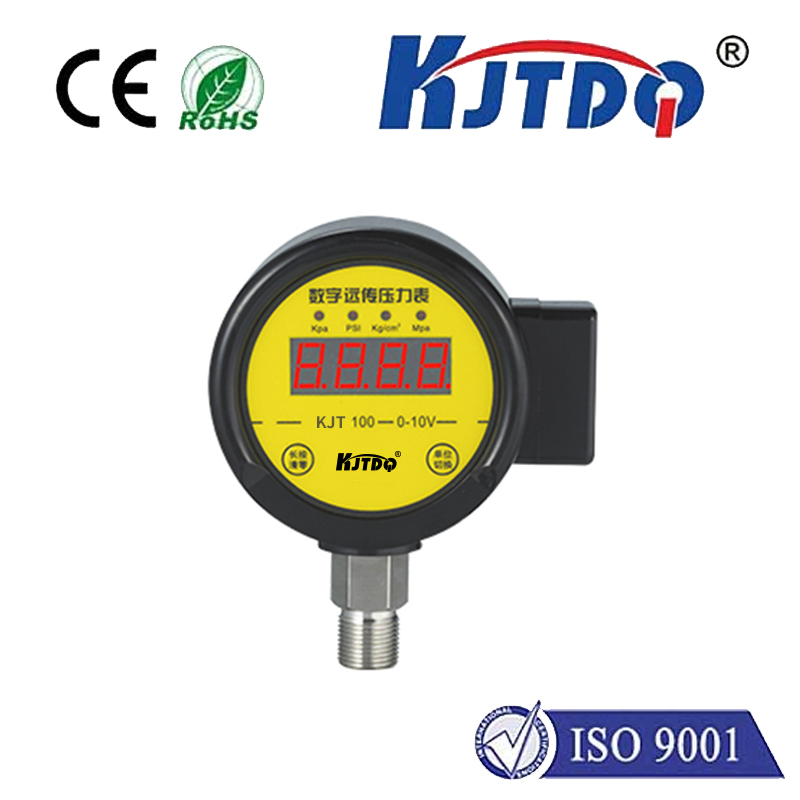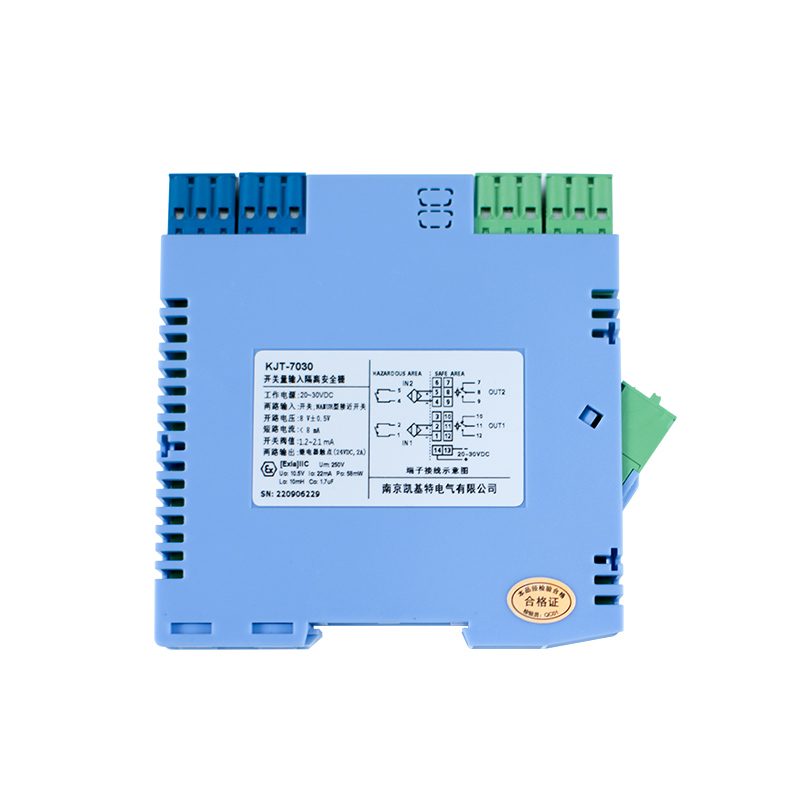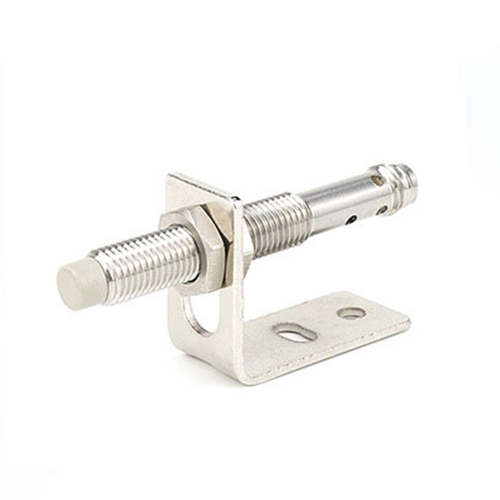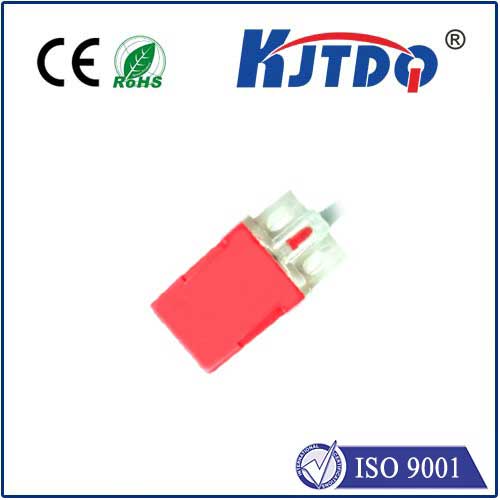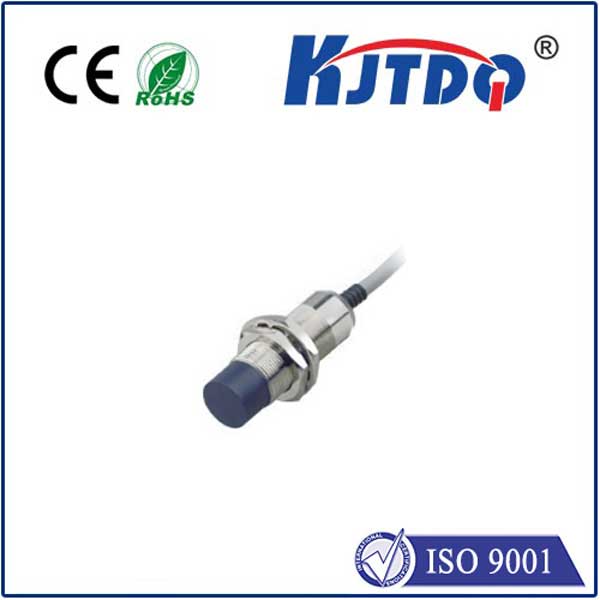

check

check

check

check

check

check

check

check

check

check

Harnessing the Power of RFID Proximity Sensors in Modern Applications In today’s fast-paced, technology-driven world, the integration of advanced sensor technologies into various industries has become increasingly essential. Among these cutting-edge innovations, RFID proximity sensors stand out as a game-changer, revolutionizing the way we interact with our environment and manage information seamlessly. This article delves into the realm of RFID proximity sensors, exploring their functionality, applications, benefits, and future potential. Understanding RFID Proximity Sensors RFID (Radio Frequency Identification) proximity sensors are devices that utilize electromagnetic fields to automatically identify and track tags attached to objects without any direct line of sight or physical contact. These sensors consist of two main components: an RFID reader and a tag. The reader emits radio waves that activate the tag, which then transmits its unique identification data back to the reader. Unlike traditional barcode systems, RFID proximity sensors can read multiple tags simultaneously from a distance, making them highly efficient for inventory management, asset tracking, and more. Applications Across Industries The versatility of RFID proximity sensors has led to their adoption across a myriad of sectors. In retail, they streamline inventory control by enabling real-time tracking of goods, reducing out-of-stock situations, and enhancing customer experience through quicker checkout processes. In healthcare, these sensors ensure accurate medication dispensing, monitor patient movements for safety, and facilitate efficient equipment management. Manufacturing plants leverage RFID for just-in-time production, minimizing wastage and optimizing supply chain operations. Furthermore, in transportation and logistics, they aid in fleet management, cargo tracking, and security monitoring, thereby increasing efficiency and reducing costs. Advantages Over Conventional Systems One of the primary advantages of RFID proximity sensors is their ability to operate without line-of-sight requirements, allowing for more flexible installations and broader coverage areas compared to optical or ultrasonic sensors. They also offer high-speed data capture capabilities, enabling rapid processing of large volumes of tagged items. Additionally, RFID tags can be rewritable, reusable, and resistant to environmental factors like dust, moisture, and extreme temperatures, ensuring long-term durability and cost-effectiveness. By automating data collection and analysis, RFID proximity sensors significantly enhance operational efficiency, reduce human error, and provide businesses with actionable insights for decision-making. Future Perspectives As technology continues to evolve, the potential applications of RFID proximity sensors are poised to expand even further. Integration with IoT (Internet of Things) platforms is set to create smart environments where interconnected devices communicate seamlessly, enabling predictive maintenance in industrial settings, personalized shopping experiences in retail, and enhanced security measures across public spaces. Moreover, advancements in miniaturization and energy-efficient designs will make RFID proximity sensors more accessible and versatile for wearables, healthcare monitoring, and even environmental sensing applications. Conclusion In conclusion, RFID proximity sensors represent a transformative force in modern automation and information management. Their ability to accurately identify and track objects remotely, coupled with their wide-ranging applicability, makes them indispensable tools in enhancing productivity, efficiency, and security across diverse industries. As we look towards a future driven by intelligent systems and interconnected devices, the role of RFID proximity sensors will undoubtedly continue to grow, unlocking new possibilities and reshaping the way we interact with our world.
